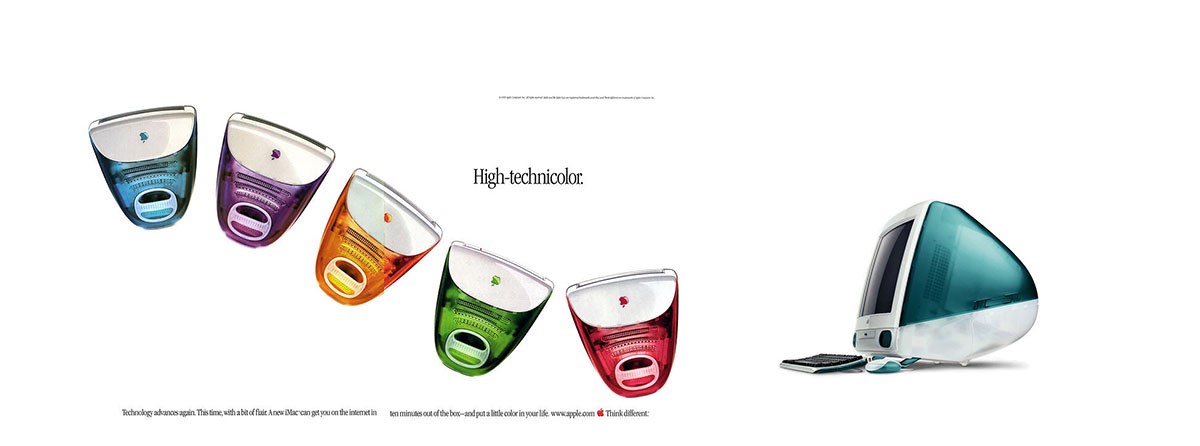How Does Apple Advertise? Budget, Strategies, Channels...
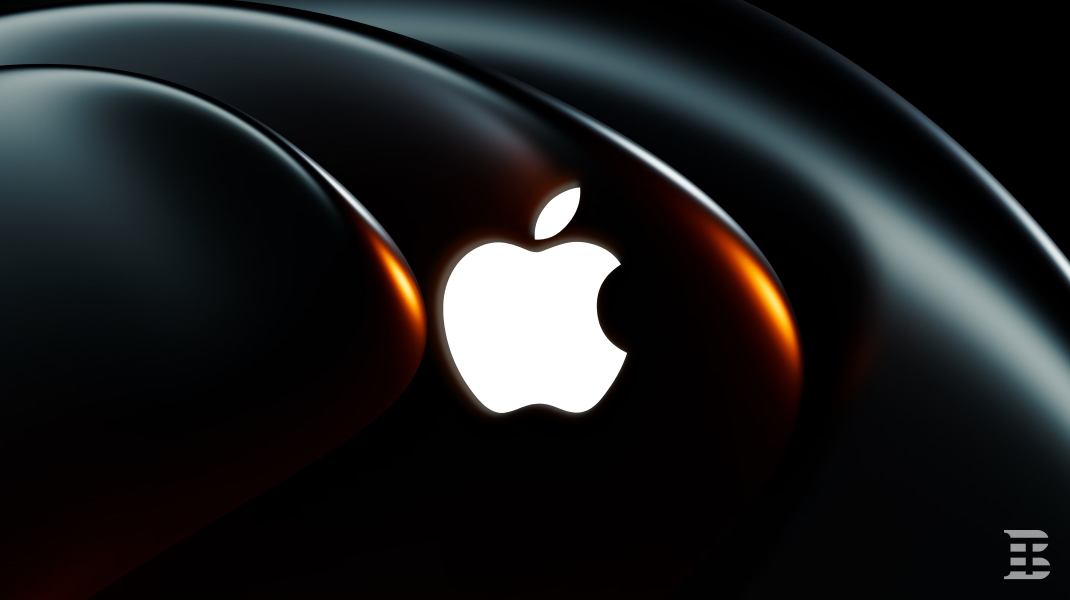
Summary
- Apple has transformed technology advertising with its iconic campaigns since 1976.
- In its early advertisements, the focus was primarily on text, logic, and product specifications, but this later shifted to emphasize emotion and simplicity.
- Campaigns like “1984” and “Think Different” became major cultural moments by combining innovation with storytelling.
- The Silhouette campaign for the iPod and the iPhone's “There's an app for that” showed bold creativity.
- Apple uses targeted marketing, exclusivity, music, and social media influencers.
- Their simple and emotionally engaging ads prioritize lifestyle over technical details.
- Apple also relies on its ecosystem and loyal fans to spread the word about its products.
- The company's large ad budget and premium image help keep it at the top of global branding.
Apple Inc. is a multinational technology company based in Cupertino, California, which was founded in 1976 by Steve Jobs, Steve Wozniak, and Ronald Wayne. Apple has been a pioneer in the personal computing and mobile device industries.
The company is best known for its memorable line of consumer electronics, including the iPhone, iPad, Mac, Apple Watch, and Apple TV, as well as iOs and MacOS, software, and online services such as the App Store and Apple Music.
At the same time, Apple is widely recognized for its creative, ingenious, and unique advertising style.
Now we invite you to take a look at Apple's advertising history.
Apple's Advertising History
The company has a long history of memorable and impactful advertising campaigns that have helped to make the Apple brand a symbol of innovation and establish the company as a leader in technology and design.
The 1970s
Apple started advertising in 1976, and for almost 47 years since, we have watched the evolution of Apple's ad campaigns.
The first Apple campaign appeared in 1976. It was for their first computer – the Apple I. It looked like a flyer and was extremely text-rich with very few images, one of which was the company's first logo.
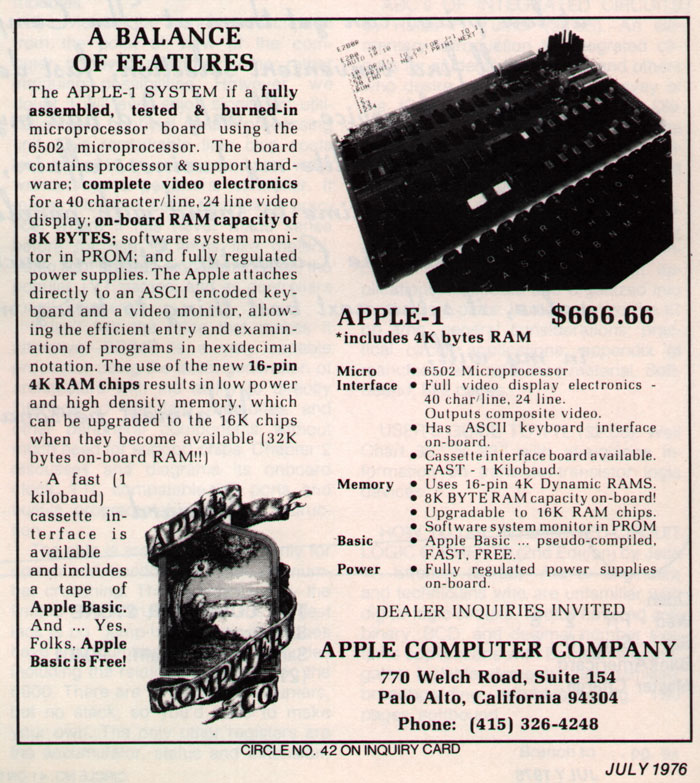
Both Apple II and the famous rainbow Apple logo were invented in 1977. Steve Jobs added colors to the logo, thus reflecting the superior color production of the Apple II, while the color graphics set the Apple II apart from its market rivals.
Simplicity is the ultimate sophistication
Already then slogans like the above one were placed on the first page of the Apple II "Simplicity" Brochure. It captured the essence of the brand and created an emotional connection with the audience.
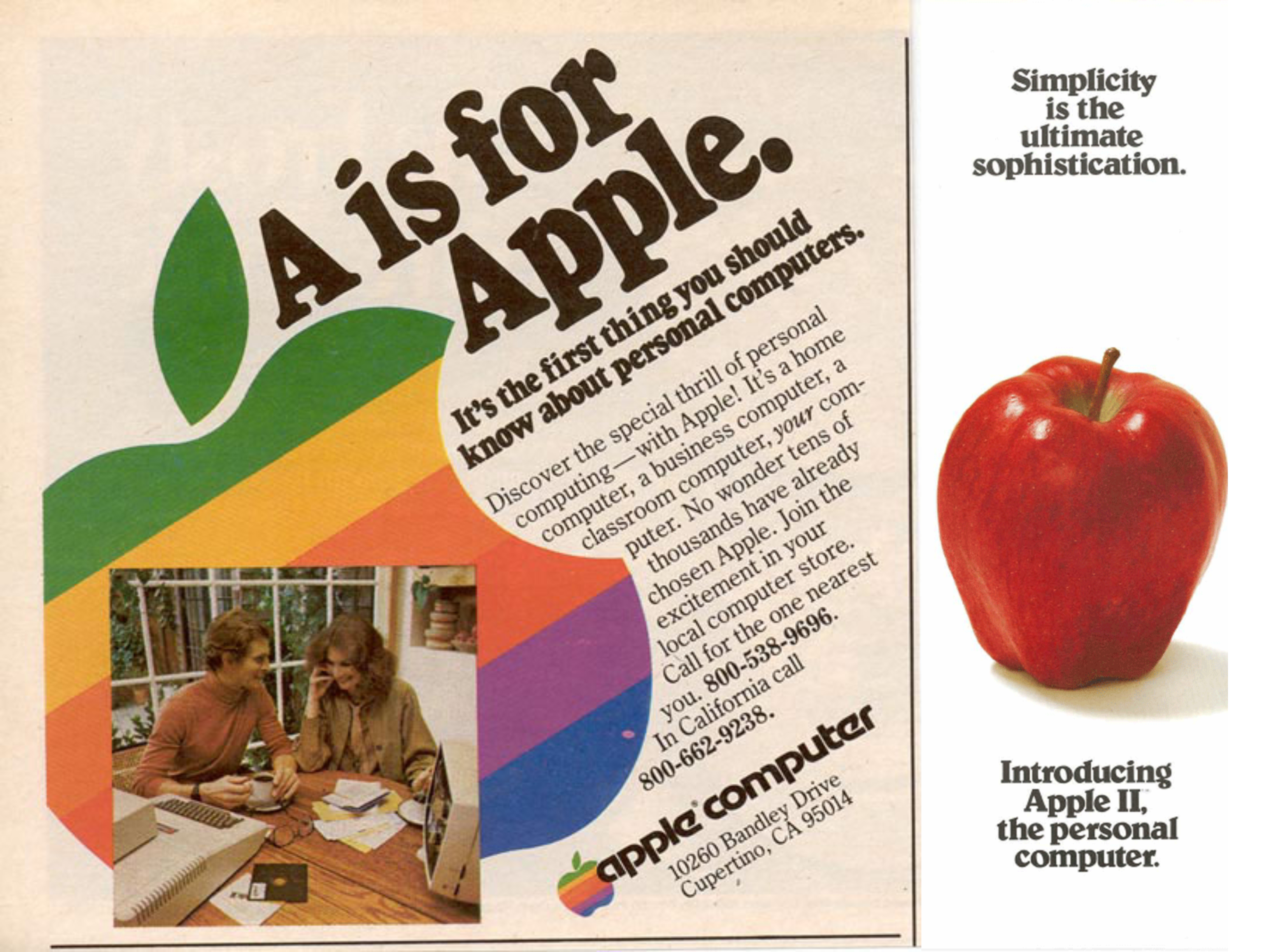
The 1980s
In the 80s ads also featured a lot of heavy text and light images. Apple tried to convince consumers that they needed a computer, specifically an Apple computer. For these campaigns, Apple called on notable inventors like Ben Franklin, Thomas Edison, and Henry Ford.
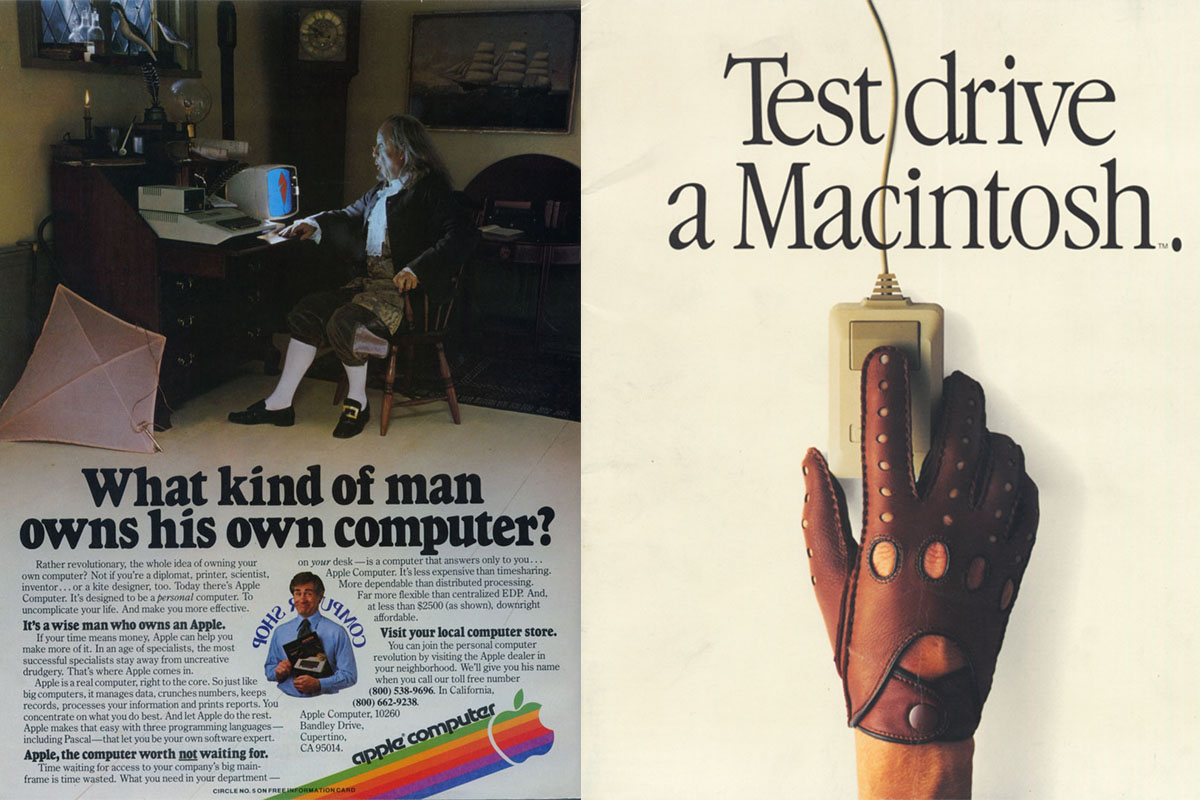
“On January 24th, Apple Computer will introduce Macintosh. And you'll see why 1984 won't be like '1984.' " It was the first iconic advertisement, "1984," introduced the Macintosh computer and was broadcast during the Super Bowl. The ad was directed by Ridley Scott and depicted a dystopian future controlled by a totalitarian regime, and a woman breaking free from conformity by throwing a sledgehammer at a screen featuring the face of Big Brother.
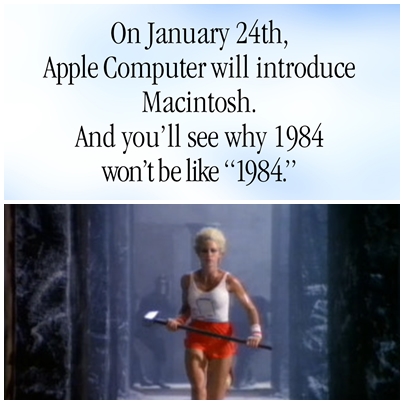
The 1990s
The year 1990 stood out through the advertising campaign "Think Different", which ran from 1997 to 2002, celebrating the lives and achievements of famous artists, leaders, and visionaries, and encouraging viewers to "think different" and embrace their own creativity. Steve Jobs paints a brighter picture of Apple's future shortly after his comeback with the introduction of the Think Different campaign. The slogan was used in television advertisements, several print advertisements, and several TV promos for Apple products.
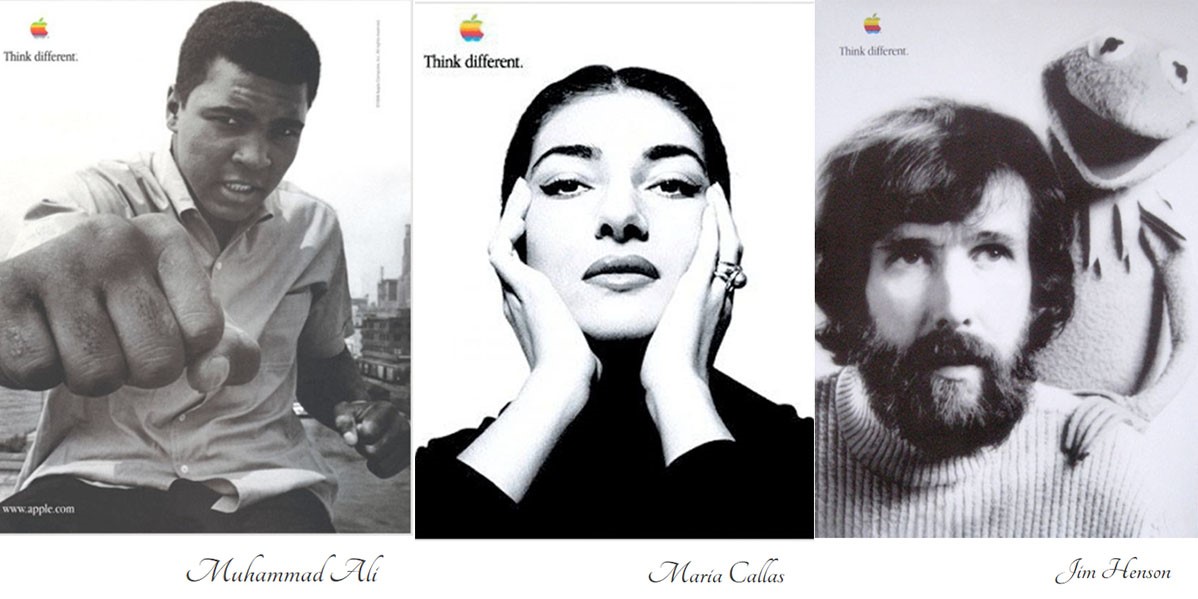
Also in the 1990s, Apple released the iMac. Now Apple computers have received five new colors: Blueberry, Grape, Mandarin, Lime, and Strawberry. With the release of the iMac in the 90s, Apple's advertising became much more artistic and colorful, focusing more on the product itself. Thus, in 2020, "Think different" was still printed on the back of the box of the iMac.
The 2000s - Present
The beginning of the 2000s is notable for its advertising campaign Silhouette. These commercials were created by Apple to promote the iPod music player, using silhouettes of people dancing and listening to music on a very colorful background, holding their iPods which are shown in white color. The ads broadcasted on TV were accompanied by memorable soundtracks, of specific artists including Bob Dylan, U2, Eminem, Jet, The Ting Tings, etc, creating an amazing and emotional experience for the viewer.
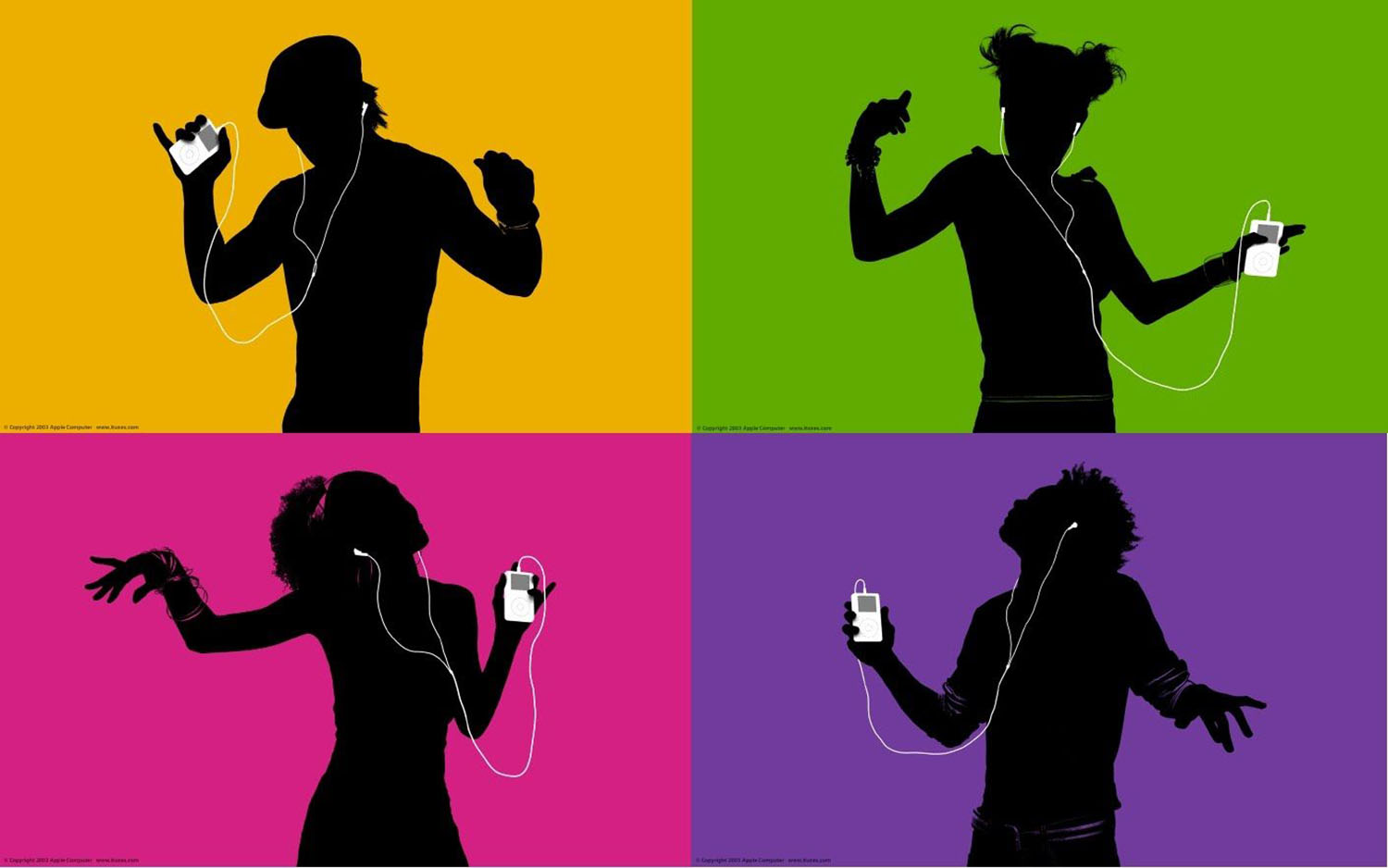
In 2006, Apple released a series of television advertisements to promote Mac computers. These ads have done a great job of portraying both the PC user and the Mac user. In the main roles were the actor Justin Long who was playing the part of a hip, cool Mac, and John Hodgman that represented a stuffy, out-of-touch PC, highlighting in this way the differences between the Mac and PC platforms.
The advertisements were known for their humorous and lighthearted tone and were highly effective in promoting the Mac brand. The "Get a Mac" campaign ran from 2006 to 2009 and was widely regarded as one of the most successful marketing campaigns in the technology industry.
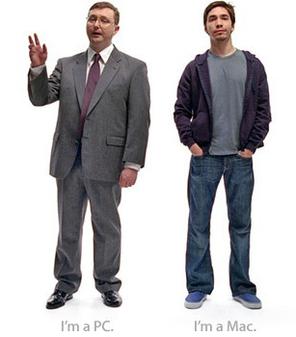
In 2007 very first iPhone 1 commercial advertisement called "Hello" was broadcasted. It was a television advertisement created by Apple to promote the iPhone's launch. The ad was widely praised for its simplicity and effectiveness in conveying the message that the iPhone was a game-changing device that would revolutionize the way people interact with technology.
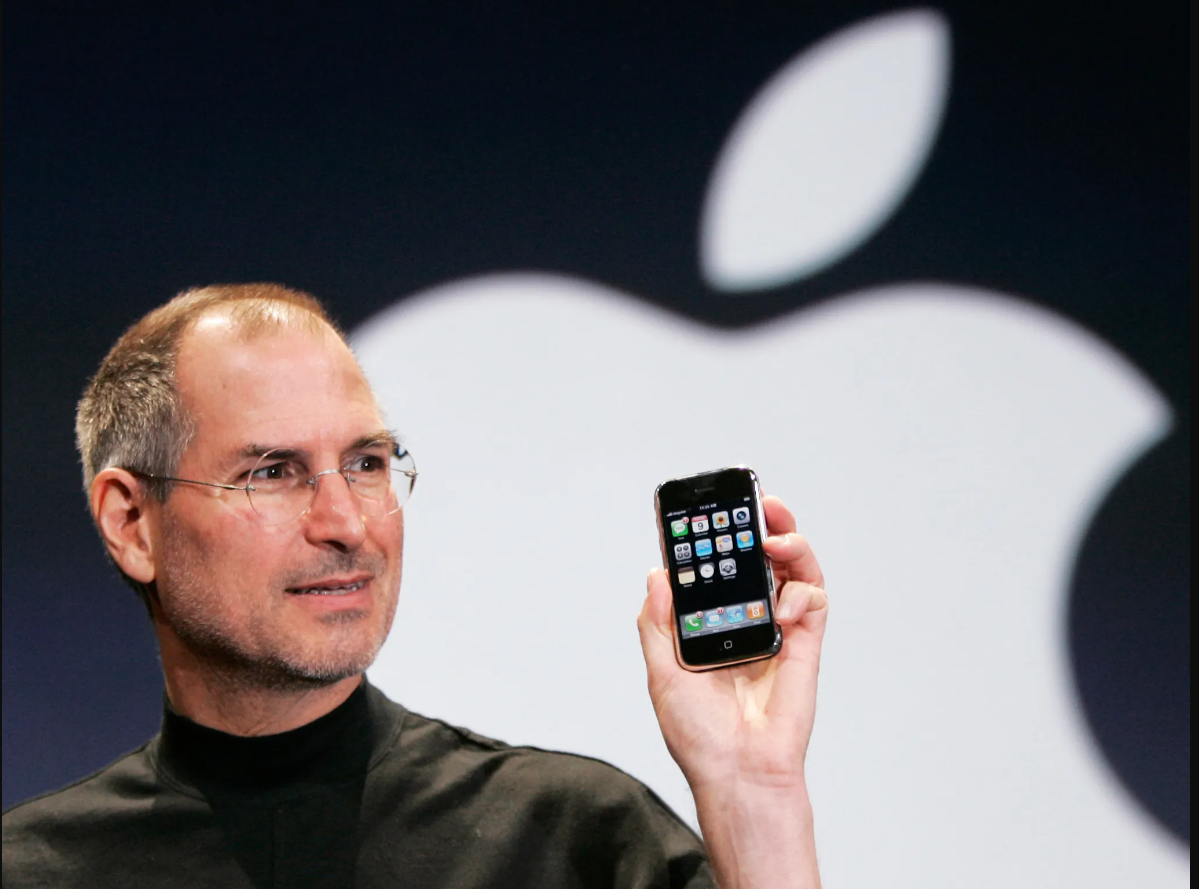
In 2009, Apple created the "There's an app for that" campaign.
There's an app for that was a marketing slogan used to promote the App Store and the vast selection of apps available for the iPhone and iPod Touch. The slogan was designed to highlight the idea that there was an app for almost any task or activity, and it emphasized the versatility and usefulness of the iPhone and iPod Touch as mobile devices. It quickly became one of the most recognizable and memorable marketing slogans in the technology industry and helped drive the growth of the App Store and solidified the iPhone's position as a leading platform for mobile apps.
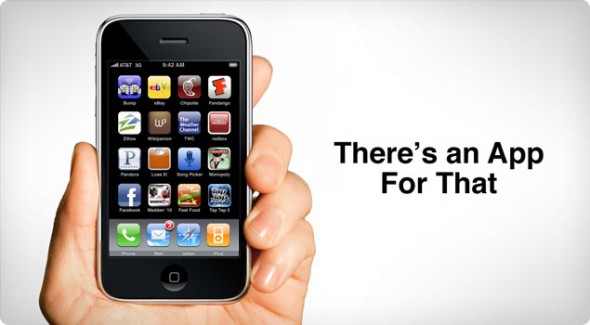
Apple has produced numerous commercials to promote the iPhone over the years, each with the goal of showcasing the device's features, design, and user experience. The commercials often focus on the iPhone's ability to simplify and enhance daily life, with a focus on its versatility, ease of use, and cutting-edge technology. Many of the commercials feature music, animation, and other visual elements to create an emotional and memorable experience for the viewer. Some of the most memorable iPhone commercials include the "Siri" commercial, and the "Shot on iPhone" campaign.
"Siri" commercial was a television advertisement created by Apple to promote the Siri personal assistant feature on the iPhone. The ad featured a person using Siri to perform various tasks, such as setting reminders, sending text messages, and finding directions.
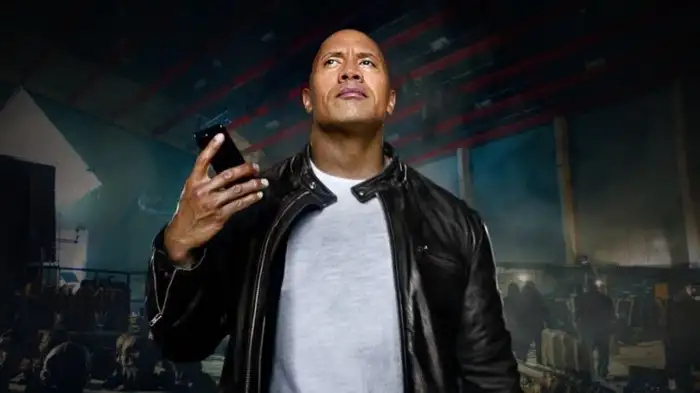
"Shot on iPhone" is a marketing campaign showcasing the quality of photos and videos that can be captured using the device's built-in camera. The campaign has been successful in promoting the iPhone's camera and highlighting the device's versatility and ease of use for capturing memories. The "Shot on iPhone" campaign was widely praised for its creative approach and for inspiring people to take better photos and videos with their iPhones and remains even in the present a key part of Apple's marketing strategy.
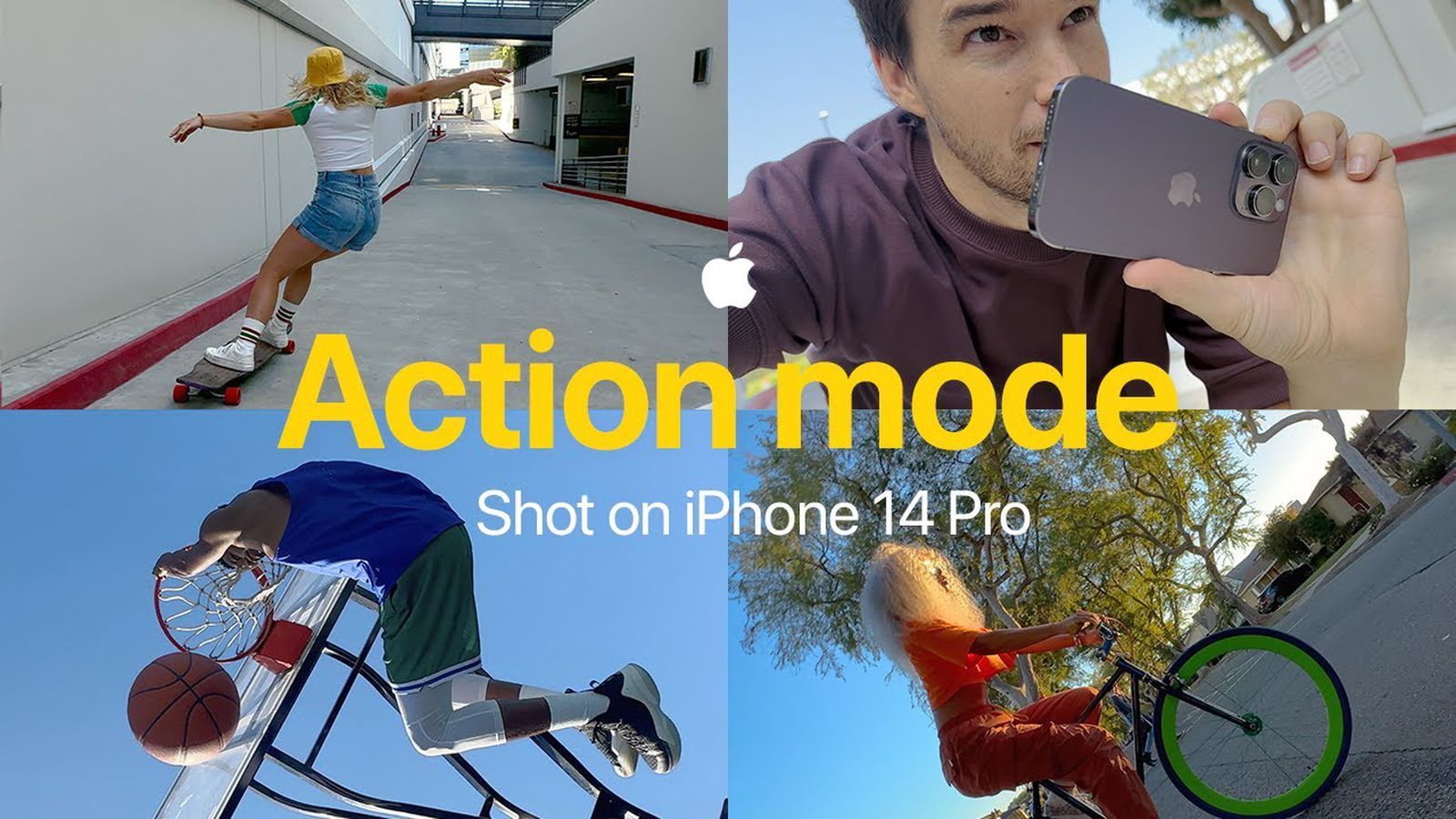
Apple has released numerous products over the years and has promoted many of them massively. Some of the most advertised Apple products include:
- iPhone
- iPad
- MacBook
- Apple Watch
- HomePod
- Apple TV
- AirPods
- accessories like the Apple Pencil and Magic Keyboard.
And now about the latest release from Apple - iPhone 15, of course.
iPhone 15 - Marketing Approaches
As we have learned so far, effective and innovative marketing campaigns are the signature of the Apple brand, and the iPhone 15 Pro Max is no exception. So let's see, this time - how Apple advertises the latest iPhone 15 series. The giant from Cupertino launched the iPhone 15 series on September 12, 2023, and included 4 new models in its 15 line:
- iPhone 15
- iPhone 15 Plus
- iPhone 15 Pro
- iPhone 15 Pro Max
Apple’s marketing approaches for the iPhone 15 series include 4 notable aspects worth mentioning. These aspects stretch from the teaser announcement to the post-release times. All of their advertising strategies blend and complete each other chronologically and conceptually, making their entire campaign another outstanding success.
#1. Creating a sense of excitement and anticipation
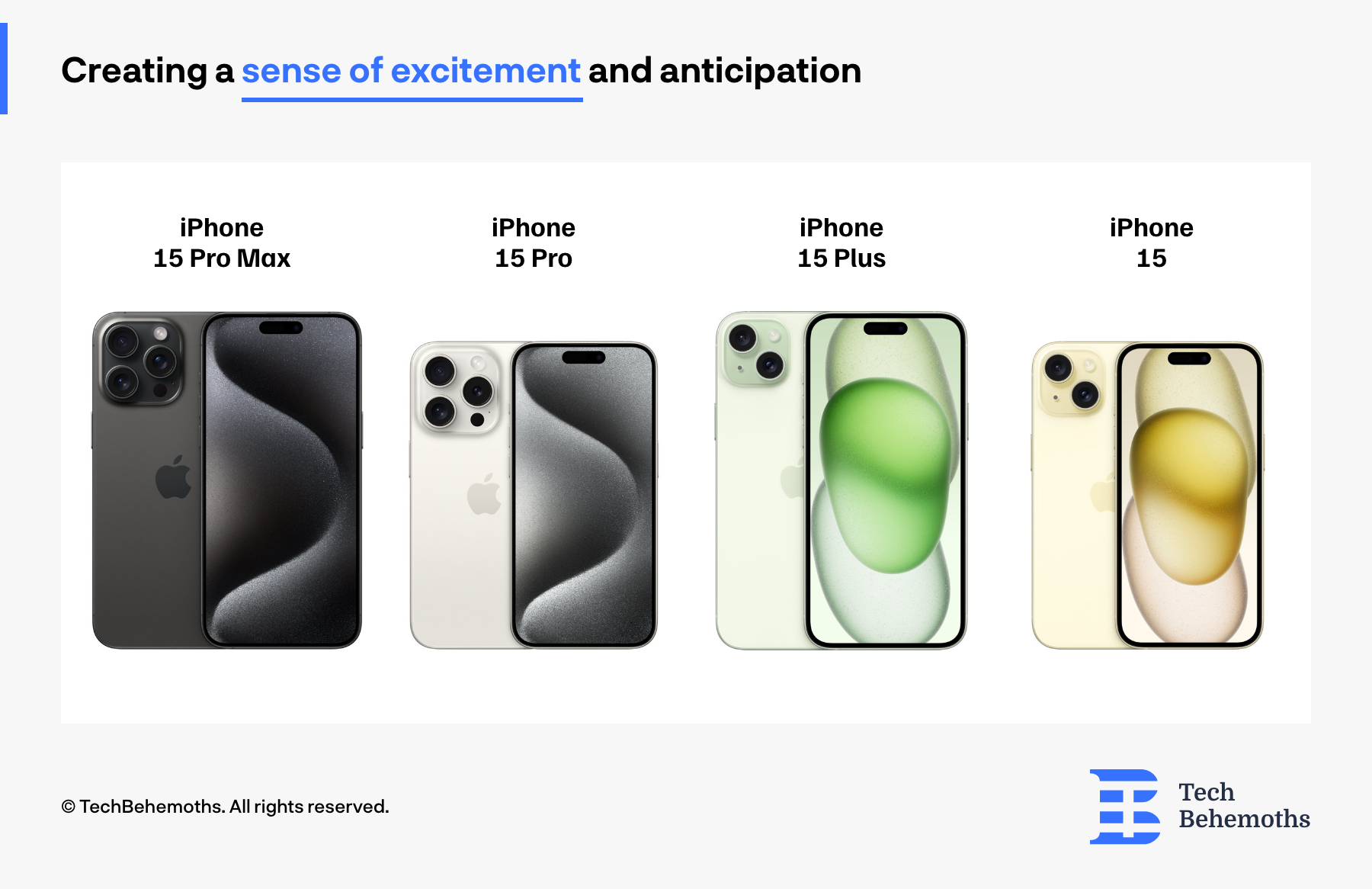
Apple is pretty secretive about its future products, making everyone super curious and excited about what they're going to release.
It's like a fun guessing game for all of us! keeping all in pleasant suspense. However, there were some leaks leading up to the release date, the mystery was revealed at the iPhone 15 launch date in a major event broadcast live around the world that attracted millions of viewers.
Every year, Apple manages to bring excitement surrounding the new look and feel of the new iPhone which actually is an important marketing strategy.
In addition, the company often releases limited edition products and offers pre-orders, creating a sense of exclusivity, that makes fun to want to be the first who receive the new iPhone, feeling this way more special.
#2. Segmented marketing approach based on key features
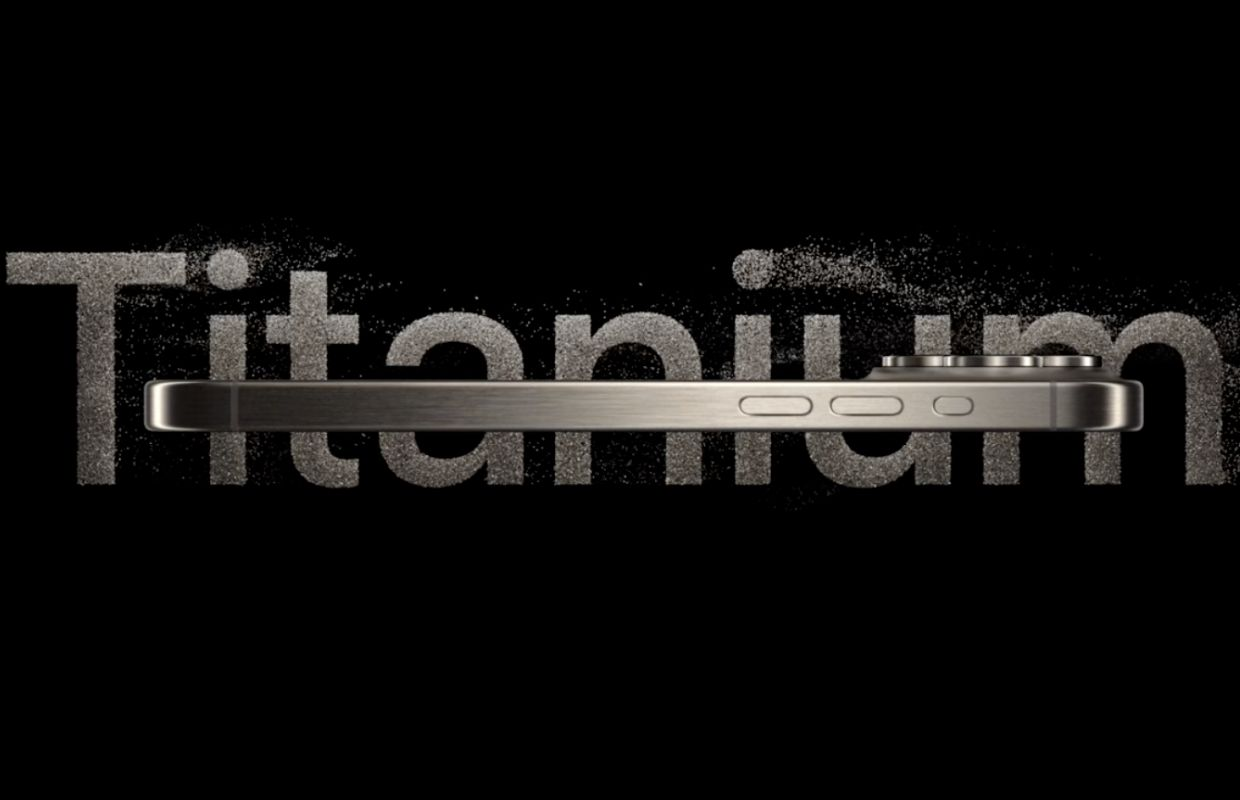
Apple's marketing strategy for the iPhone 15 Pro Max aimed to showcase its unique features and benefits, tailored to diverse consumer segments.
They emphasized the iPhone's premium design, top-tier build quality, cutting-edge A17 Bionic chip, enhanced camera capabilities, extended battery life, and more. Focusing on these single features, the Apple iPhone 15 Pro ads were created as short clips targeting specific audiences.
For example
-
The phone is an ideal choice for mobile gamers, highlighting its high performance and gaming capabilities thanks to the A17 Bionic chip, promoted in iPhone's new models' advertisements. The description for the video underlines this: “The next level of mobile gaming is here…The A17 Pro chip on iPhone 15 Pro is a game changer. Literally.”.
-
The company's Shot on iPhone 15 Pro campaign is targeted at people who love to take photos and videos, as well as professional photographers, videographers, and other creative professionals.
The iPhone's exceptional camera capabilities were also revealed at Apple's recent "Scary Fast" event, where it was unveiled that the entire MacBook Pro and iMac M3 event was filmed using only the iPhone 15 Pro Max. The successful use of the iPhone 15 Pro Max at the event reinforces its potential for high-quality, professional filming. ’’iPhone is a great new tool in the palette of filmmakers’’ - Director Brian Oakes
-
The iPhone 15 Pro is made for professionals, tech lovers, and anyone who wants a reliable and classy smartphone. In the "Titanium" ad, a raw piece of titanium falls from space, transforming into the iPhone's frame -"From the edge of the universe to the palm of your hand" which highlights both style and strength in one phone.
This way Apple effectively captured the attention interest and desires of various consumer groups.
#3. Use social media, influencer marketing, and celebrities' power
Apple uses social media a lot and works with influencers to promote its products on different platforms: YouTube, Instagram, and TikTok. To advertise the iPhone 15, they collaborated with a wide range of influencers, including:
-
iJustine (YouTube, 7 million subscribers)
-
Marques Brownlee (MKBHD) (YouTube, 15.9 million subscribers)
-
Shirley Setia (Instagram, 7.3 million followers)
Vloggers and tech reviewers continuously share their thoughts on the iPhone's features, and Apple fans create and share videos, reviews, and unboxing experiences, sparking millions of views and discussions.
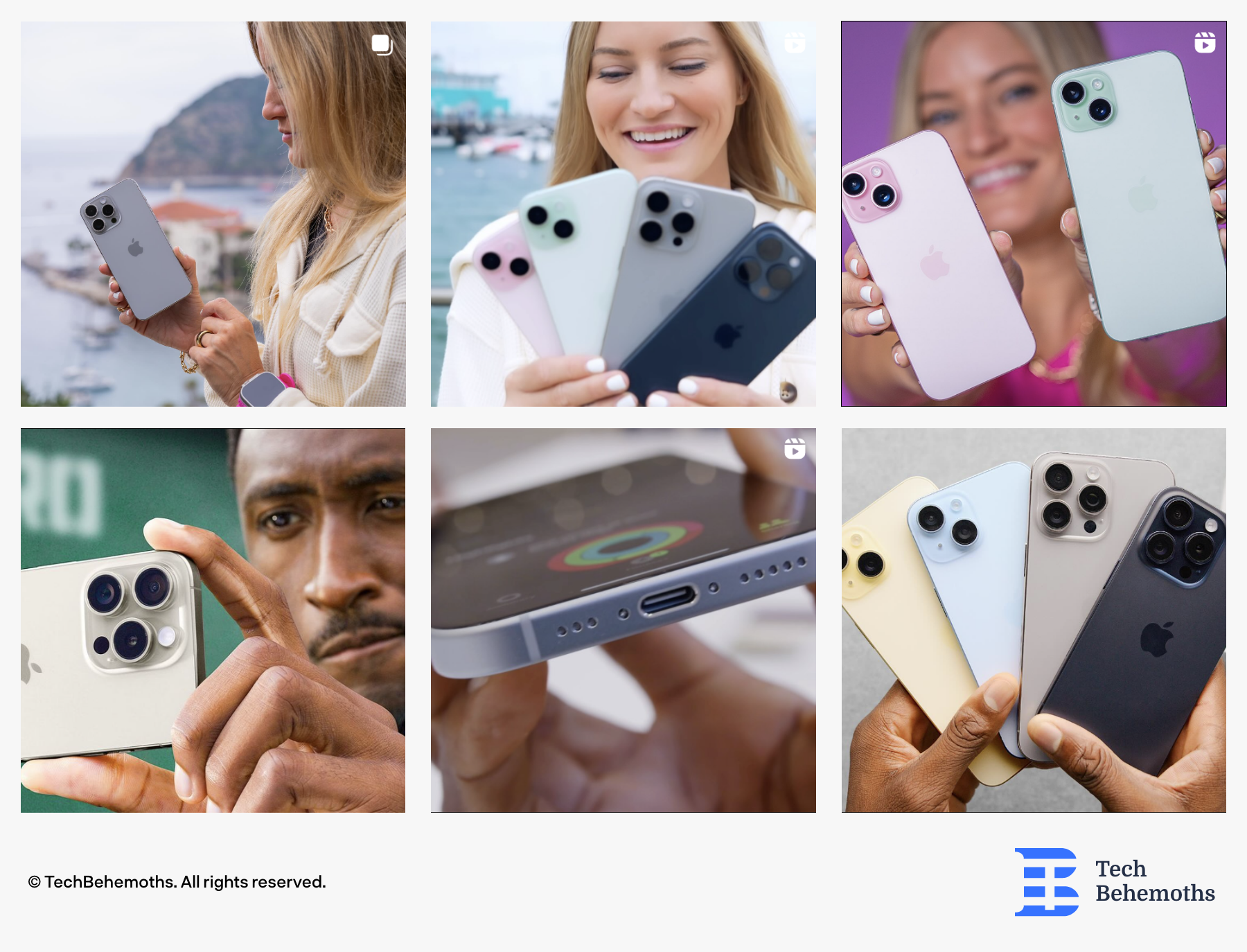
Apple has a long history of involving actors and singers in their advertising videos, and the latest iPhone 15 is no exception. These celebrities appeared this time:
-
Olivia Rodrigo (singer)
-
Jason Bateman (actor)
-
Sean Hayes (actor)
-
J Balvin (singer)
Olivia Rodrigo stars in a Shot on iPhone 15 Pro ad.
Jason Bateman and Sean Hayes star in a series of Verizon ads for the iPhone 15 Pro.
J Balvin stars in a Spanish-language ad for the iPhone 15 Pro, showing Balvin using the iPhone 15 Pro to create music and connect with his fans.
But why does Apple use celebrities in its marketing?
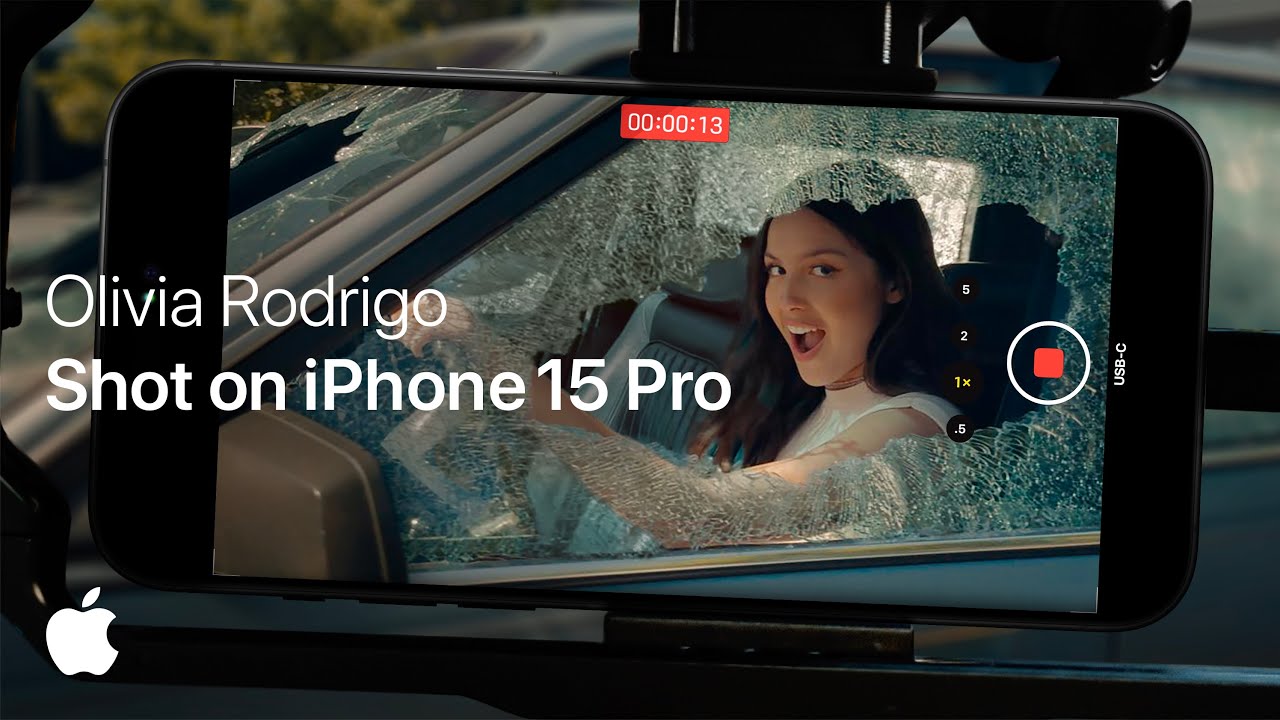
Because celebrities are aspirational, have a large reach, and create positive associations.
Additionally, actors and singers contribute to improving brand image, to increase sales, and to target specific demographics. For example, Olivia Rodrigo is popular among younger consumers, while Jason Bateman and Sean Hayes appeal to an older demographic. This way, by using a variety of actors and singers, Apple can reach a wider range of consumers.
#4 Apple's Use of Music to Promote the iPhone 15: A WOW Experience
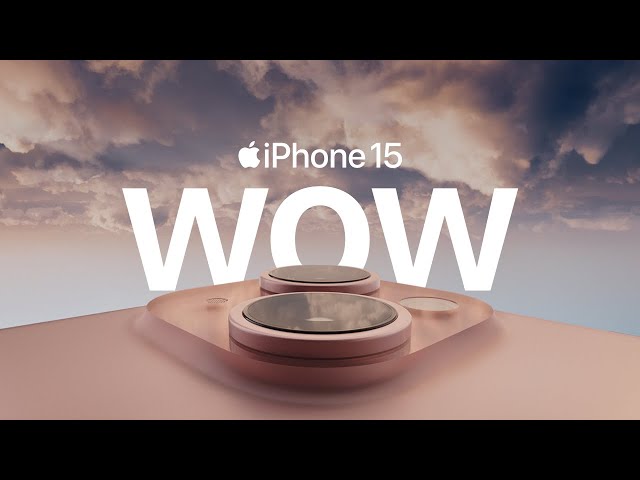
Apple relies on music in its iPhone 15 marketing because it stirs up emotions, sticks in your head, and helps tell a story about the phone's features.
-
In the iPhone 15 announcement video, Apple used the song "Good Day" by Surfaces. The song perfectly captures the excitement surrounding the new iPhone, creating a positive and upbeat atmosphere for the video.
The word "WOW" appears in the announcement video for the iPhone 15 several times.
"WOW," is often associated with something new, innovative, and exciting. Apple wants consumers to feel like the iPhone 15 is extraordinary, positioning it both as a must-have and a premium-line product.
-
In the iPhone 15 ad named "A17 Bionic," Apple chose Kanye West's "Power" as the soundtrack. The powerful and energetic sound perfectly highlights the iPhone 15's new A17 Bionic chip.
So, it's no wonder that all these ads caught everyone's attention and got us hyped for the latest iPhone. Didn't they?
iPhone 16 Advertising: Traditional and New Approaches
The iPhone 16 advertising campaign kept its familiar style while adding some new strategies. It ran across several platforms, including TV, YouTube, social media, online videos, cinemas, and in-app notifications through the Apple Store app, which was a more direct approach than in previous years.
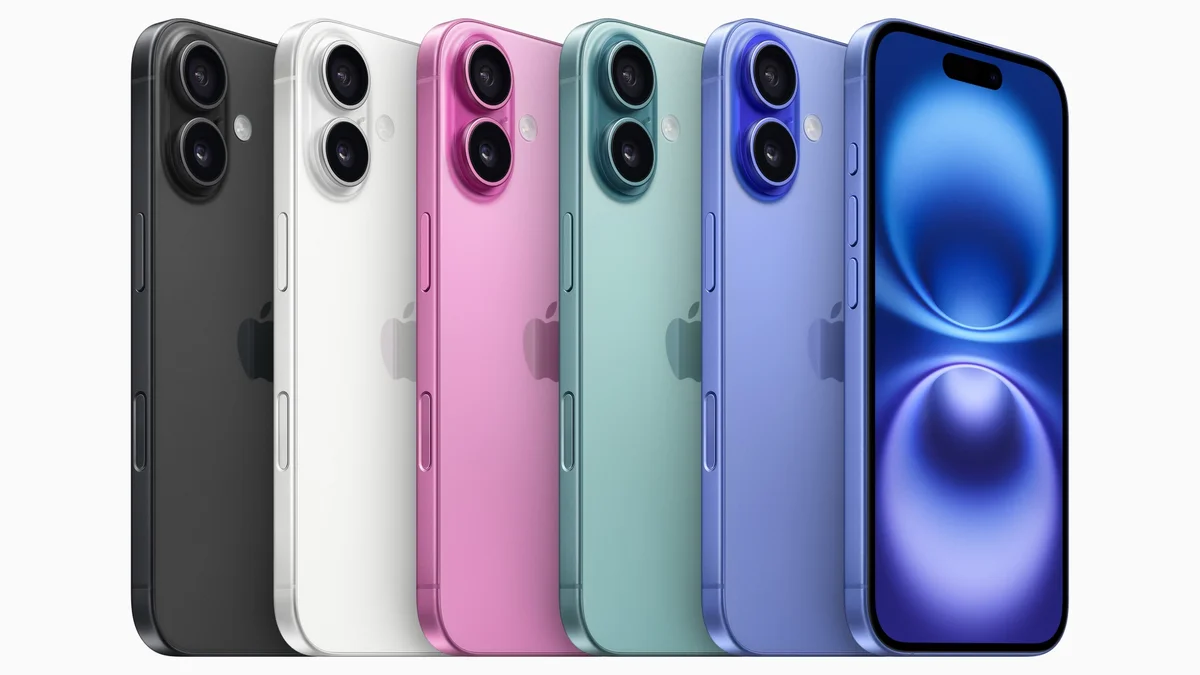
The campaign highlighted the device’s hardware improvements and new features like Camera Control, the 48MP Fusion camera, and the upgraded Ceramic Shield. The main focus was on “Apple Intelligence,” emphasizing that the iPhone 16 is “built for Apple Intelligence.” This new AI system helps users with tasks like writing, photo editing, and making personalized recommendations. Apple's campaign also used storytelling, featuring ads with celebrities like Bella Ramsey. These ads showed real-life situations where Apple Intelligence solves everyday problems, making the technology feel more personal and easy to understand.
Apple encouraged users to “go case-free,” openly suggesting that the phone is tough enough to be used without a protective case—something Apple had not stated so boldly before.
Here is how Apple has evolved its promotional approach with the iPhone 16, blending its classic style with innovative marketing tactics.
| Aspect | Traditional Apple Approach | iPhone 16 Campaign Innovations |
|---|---|---|
| Product Focus | Minimalist, product-centric visuals | Story-driven, real-life scenarios |
| Celebrity Involvement | Rare, mostly product-only ads |
Featured celebrities like Bella Ramsey |
| Main Feature Highlight | Hardware and design | AI (“Apple Intelligence”) as centerpiece |
|
Media Channels |
TV, web, social, events | Added in-app notifications |
| Emotional Connection | Subtle, aspirational | Directly addressing daily life moments |
| Durability Messaging | Implied, not explicit | Explicit “go case-free” message |
How Apple Markets the iPhone 17 in Cosmic Orange
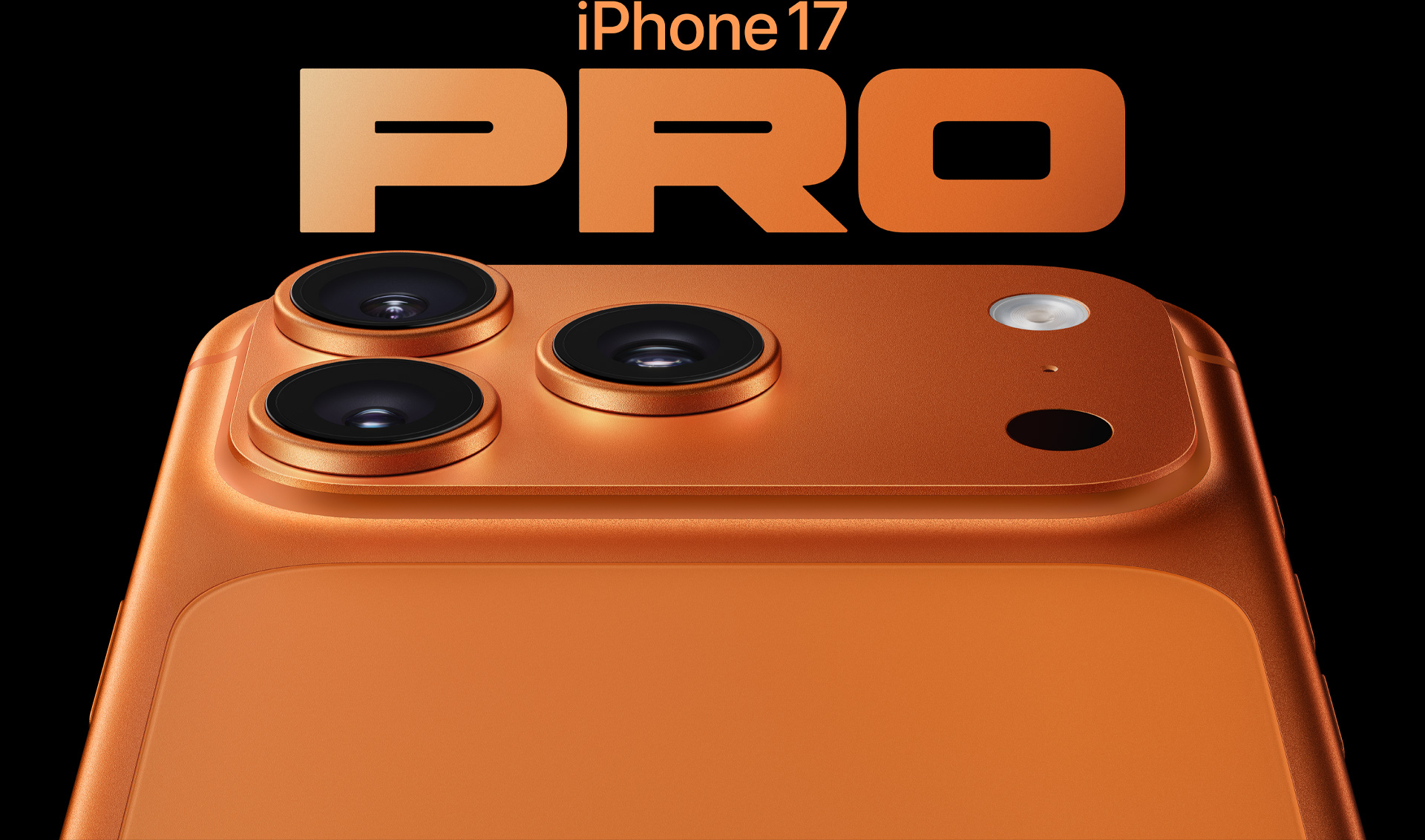
The iPhone 17 campaign by Apple introduced some fresh new elements and also built on traditional marketing approaches from past iPhone launches.
New Elements in the iPhone 17 Campaign
The campaign focused on durability, using a dramatic story to demonstrate how the device can withstand harsh conditions. This approach differs from previous ads, which projected a softer image. The campaign highlighted the unibody case made of hot-forged aluminum and the advanced Ceramic Shield 2 technology, which resists scratches in three ways. In addition, the message emphasized the powerful capabilities of the device’s AI chip, improving both performance and longevity.
The marketing strategy aimed to make pro-level technology accessible to a broader audience. Key features, such as a 120Hz ProMotion display and 48MP Fusion cameras, are now available in more affordable iPhone 17 models targeted at creators and professionals.
Apple generated excitement with a launch event titled “Awe Dropping.” They used teaser videos on TikTok, Instagram, and YouTube to create buzz and build anticipation.
Traditional iPhone Marketing Approaches Maintained
At the same time, Apple maintained its minimalist and cinematic advertising style by using multichannel marketing, running coordinated campaigns across TV, online, social media, and in stores to reach more people. The core message is focused around innovation, user empowerment, and superior camera technology.
The unveiling event remained a major theatrical moment globally, showcasing Apple's ability to create a performance out of a product launch to strengthen brand loyalty.
This year, Apple collaborated with influencers such as Dua Lipa, Jeff Bridges, Zoe Saldaña, and Kevin Hart. Additionally, they encouraged user-generated content to create excitement and build trust, a strategy reminiscent of the "Shot on iPhone" campaigns.
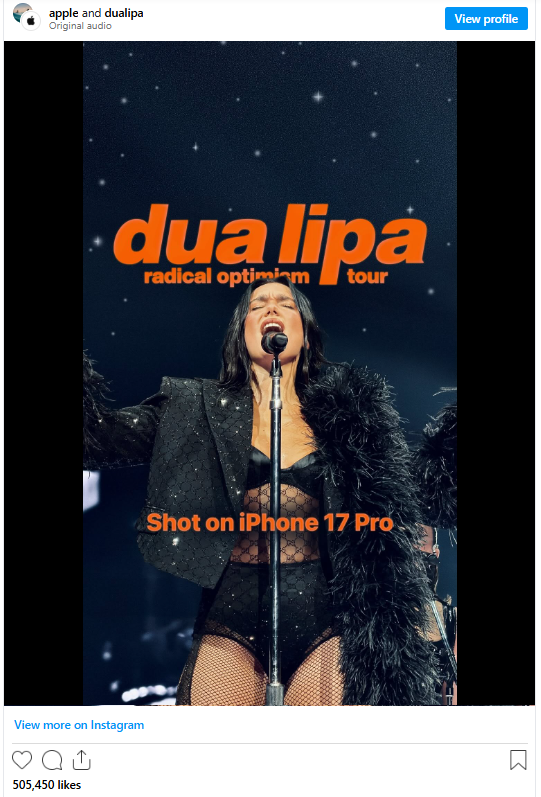
Next, we invite you to discover the key marketing strategies used by Apple in its advertising campaigns.
Apple’s Marketing Strategies
As we've noted, Apple's advertising has been of great interest over the years. The company highlights a premium brand image and the high quality of its products and includes a number of marketing strategies.
Here are some important points:
- Minimalistic approach: Apple's advertising is known for its simplicity and clean design, often focusing on the product itself, not making big promises, or using a lot of text. They bring a "simple is better" philosophy via their product lines.
- Emphasis on user experience: Apple's ads often point to the ease of use and enjoyment of its products, rather than just listing their technical specifications. They emphasize benefits that customers really need and will be interested in. So they manage to connect with their audience, creating in this way a community of customers and building a fun, cool, and friendly brand personality. People want to belong to this community.
- Words are important: Apple communicates with its customers in a language that makes them feel comfortable. Words are chosen this way not only to convey meaning but also to convey a mood. Apple customers won't find complicated words like gigahertz or megabytes; instead, they'll find simple, easy-to-understand words like "LED backlight," "retina display," and "edge-to-edge glass." The language used by apple creates the feeling that apple products are built especially for you, so the words are chosen very attentively because they have the power to shape our perceptions.
The products themselves express their relevance to the customers’ lives. For example:
- The iMac is not just a computer - it lets you make your computing experience interesting and convenient.
- The iPhone is not just a smartphone - it helps you transfer the power of an Apple computer to your phone.
- The iPod is not just a music player and storage device - it allows you to keep hours of music in your pocket.
- Using of music, sound, and innovative visuals: Apple's ads often focus attention on memorable music and sound effects, as well as on visually striking imagery such as videos, and 3D graphics and colors, which add to the impact of the advertisement and help to make it more memorable.
- The Apple Ecosystem: Apple products, software, and services are interconnected. The ecosystem is designed to work seamlessly together, allowing users to switch between devices, access their content and services, and enjoy a consistent experience.
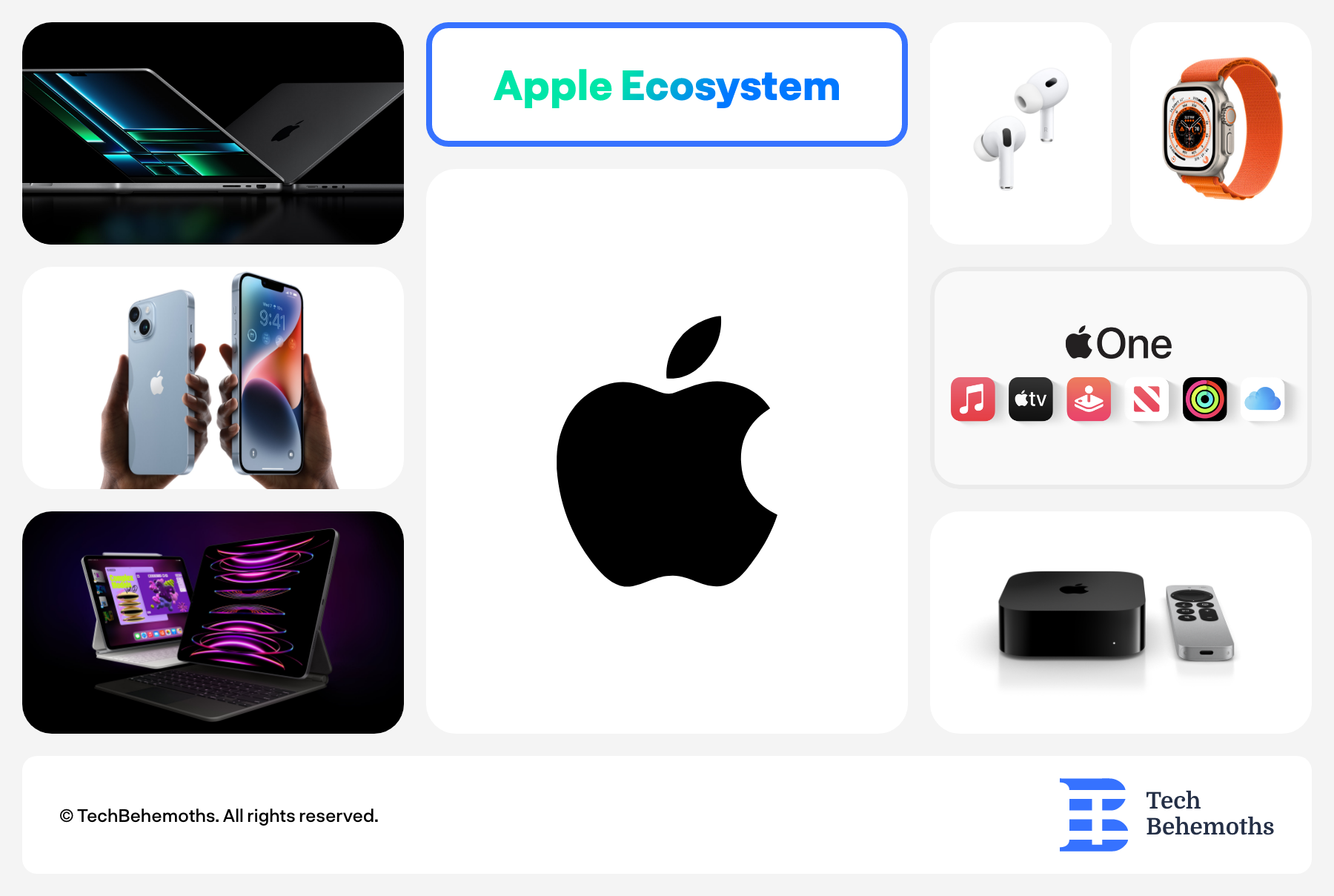
- Let Your Customers Advertise For You: Apple customers advertise for Apple. Type #apple on Instagram or Twitter and a lot of user-generated apple promotions will be there, on your timeline. Apple relies on the buzz created by positive reviews in the media.
In a similar vein, let's explore which distribution channels Apple uses for advertising.
What are Apple's advertising channels?
Apple has a mixed marketing channel strategy that takes advantage of both online and offline presence. The company promotes its products through a variety of marketing channels in order to reach its target audience.
Some of the most common marketing channels used by Apple include:
- Online: Apple has a strong online presence and uses various websites (such as Google’s digital advertising network, technology news websites, and company partners' prominent websites), and online video channels (such as Youtube). Social media platforms to promote its products. Apple is not present on any social media platforms as a company. However, individual products and services offered by Apple, such as the iPhone or Apple Music, may have official accounts on various social media platforms such as Twitter, Facebook, and Instagram.
- Print and Television Advertising: Apple has utilized print media such as magazines, newspapers, and billboards to reach a wider audience. Here is the Apple Watch print advertisement published in Vogue magazine, which also included a video version in the iPad digital edition. At the same time, Apple has a long history of creating memorable and impactful TV commercials that showcase the features and benefits of its products and promote them.
- Events: Apple holds events, such as product launches and special media events, press releases, and exclusive interviews. All these are carefully implemented to increase positive publicity. The latest Apple Event was streamed live on Sep 7, 2022, and was dedicated to learning about iPhone 14, iPhone 14 Pro, Apple Watch Ultra, AirPods Pro, and more, having a total of 29M views.
- Influencer marketing: Apple partners often are popular influencers, celebrities, and media personalities that promote their products and reach a younger, tech-savvy audience. According to HypeAuditor Billie Eilish is the Top Apple Instagram influencer in 2023.
- Retail stores: Sales promotions take place in stores or are made by authorized sellers. Apple has a network of retail stores that serve as both showrooms for their products and as advertising opportunities. Here are some examples: T-mobile, Target, and Costco. The company's iconic retail stores are designed to showcase its products in an immersive and interactive environment. Personal selling is the technique of providing product-specific information to customers to ultimately convince them to buy the product.
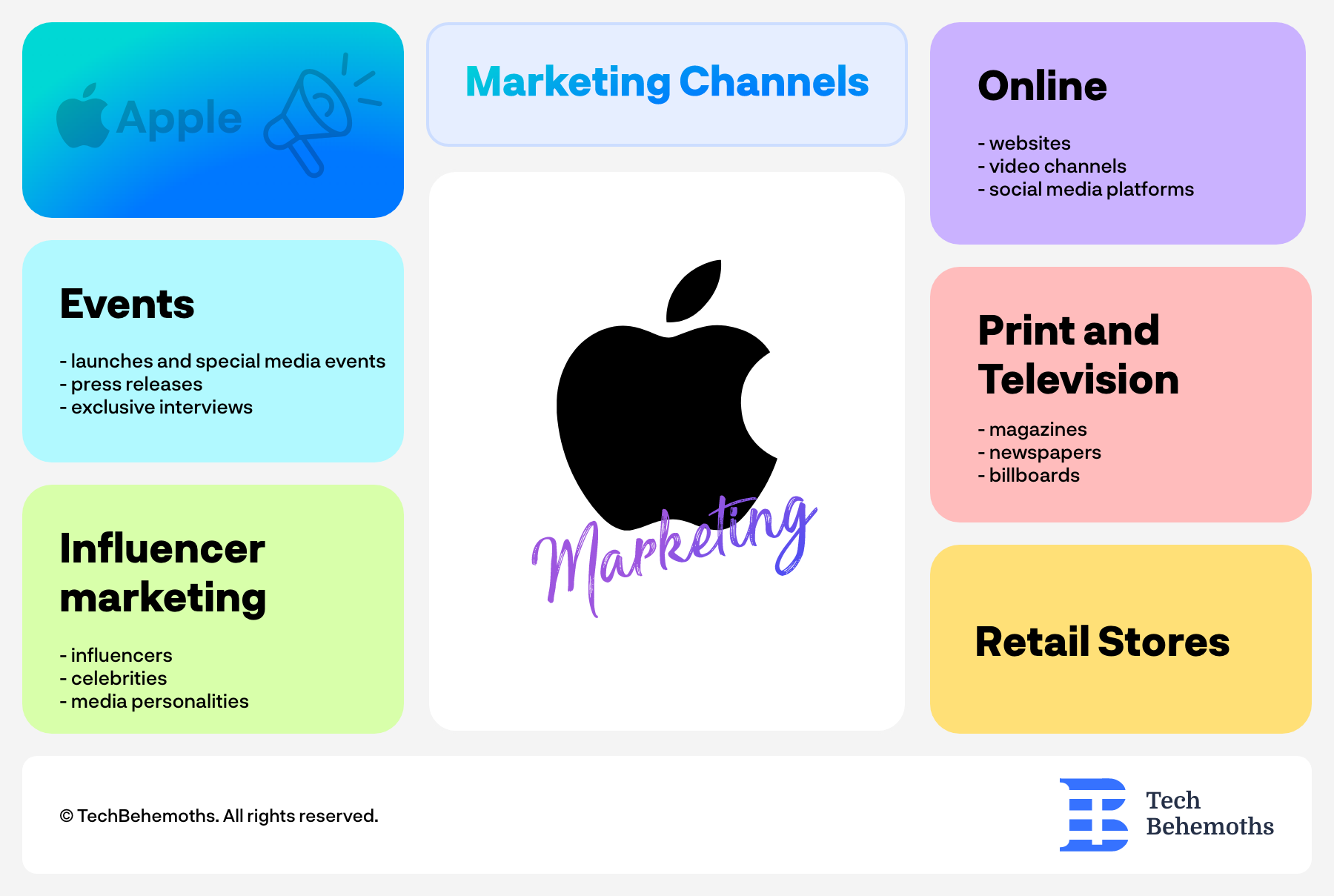
Overall, advertising is an important aspect of Apple's business strategy, as it helps the company to promote its products, reach its target audience, and reinforce its brand and message. But how expensive is it to advertise so much? Let's see how much Apple spends on advertising.
How much money does Apple spend on Advertising?
It is difficult to determine exactly how much Apple spends on advertising each year, as the company is known for being secretive about its advertising budgets and ad spending. However, based on estimates and reports, Apple's advertising expenses have ranged from several billion dollars to over 10 billion dollars annually in recent years.
According to Statista.com in 2021, Apple generated 3.7 billion U.S. dollars with its global advertising business. A year earlier, the company’s ad revenue stood at less than half this figure, namely 1.09 billion.
Apple has become the first publicly traded company in the US to be valued at over USD 1 trillion in 2018, USD 2 trillion in 2020, and recently USD 3 trillion in January of 2022. It is ranked as one of the most valuable brands in the world and enjoys a large number of followers and brand loyalty.
Apple spends over $100 million per year on Twitter adverts, sources told Bloomberg.
Apple spent $48 million on Twitter ads in Q1, making it a key revenue stream, per the Washington Post.
It is important to note that these figures may vary from year to year. How Apple spends money is just as interesting as how apple makes it. If you are interested to learn more about this you can read our previous article here: How does Apple make Money?
Who is Apple's Target Audience?
As we all know, a well-defined target audience is one of the keys to a successful marketing campaign, with 82% of marketers believing that high-quality customer data is essential.
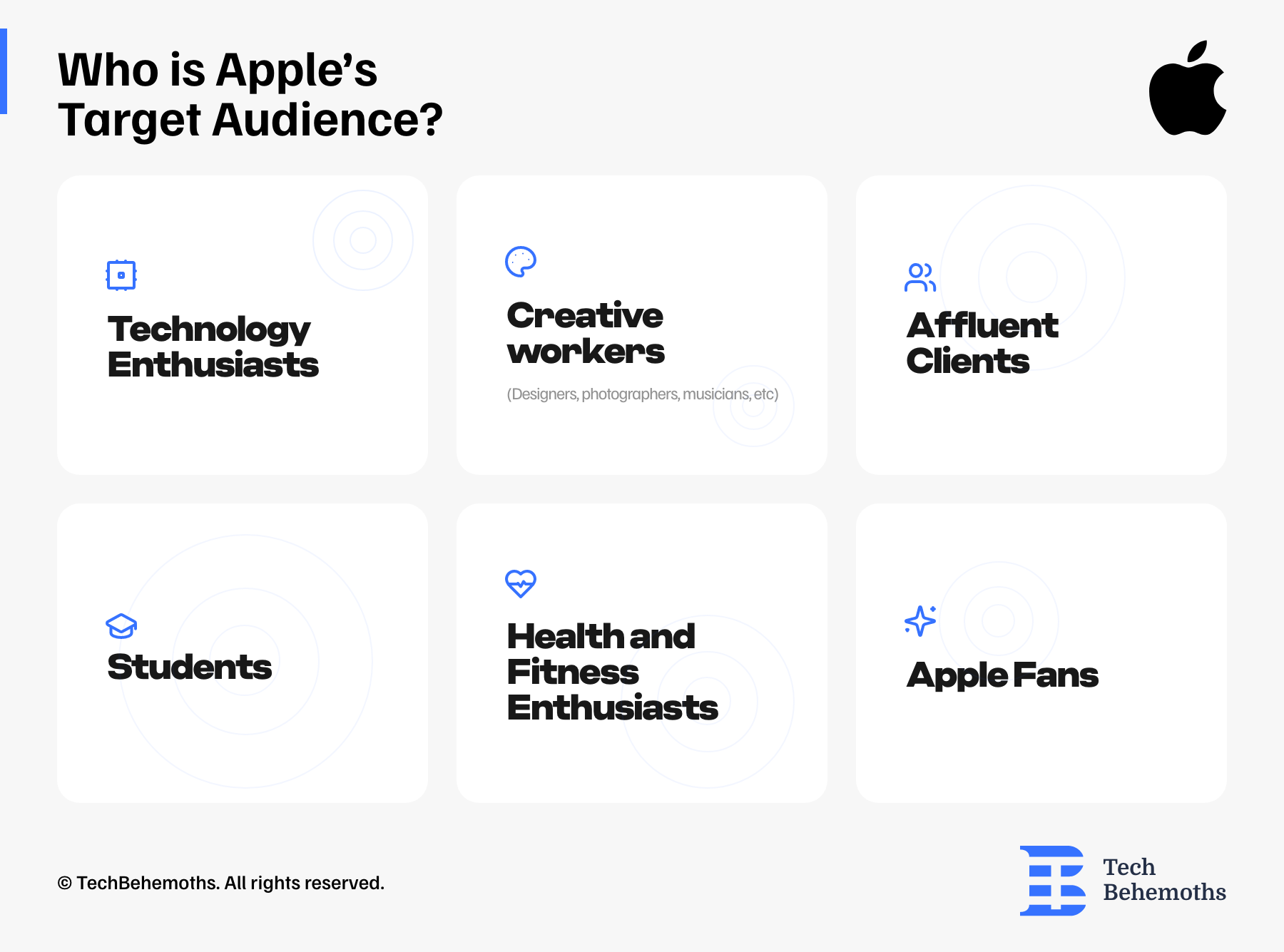
Apple knows who its target audience is. It is quite diverse, but the core ones are:
-
People interested in technology, who appreciate innovative products and want the latest gadgets and features. (Technology Enthusiasts)
-
People who use Apple products for their jobs. They value Apple products’ design, performance, and easy-to-use software. (Designers, photographers, musicians, and other creative workers)
-
People who see Apple products as status symbols, value the prestige associated with the brand and are willing to pay more for high-quality, well-designed products. (Affluent Clients).
-
People interested in tracking their fitness and maintaining a healthy lifestyle. This audience may opt for products like Apple Watch and Apple Health. (Health & Fitness Enthusiasts)
-
People who study. Apple focuses on educational features and offers discounts and special programs for students and educators, making its products more accessible. (Students)
-
The loyal customers who appreciate Apple products and are likely to keep buying them. (Apple Fans)
Apple's audience is mainly younger to middle-aged people, around 18 to 45 years old.
Because Apple products are more expensive, the audience often includes those with higher incomes, however, they also try to reach students, educators, and others who share the brand's values.
What makes Apple's audience unique is their love of design, quality, and innovation. They want a seamless user experience and are willing to pay extra for it.
Apple's marketing strategy aims to create a sense of exclusivity, so they focus on specific groups of people when promoting their product or sending their messages. This approach is appreciated and connects people who enjoy style as well as technology.
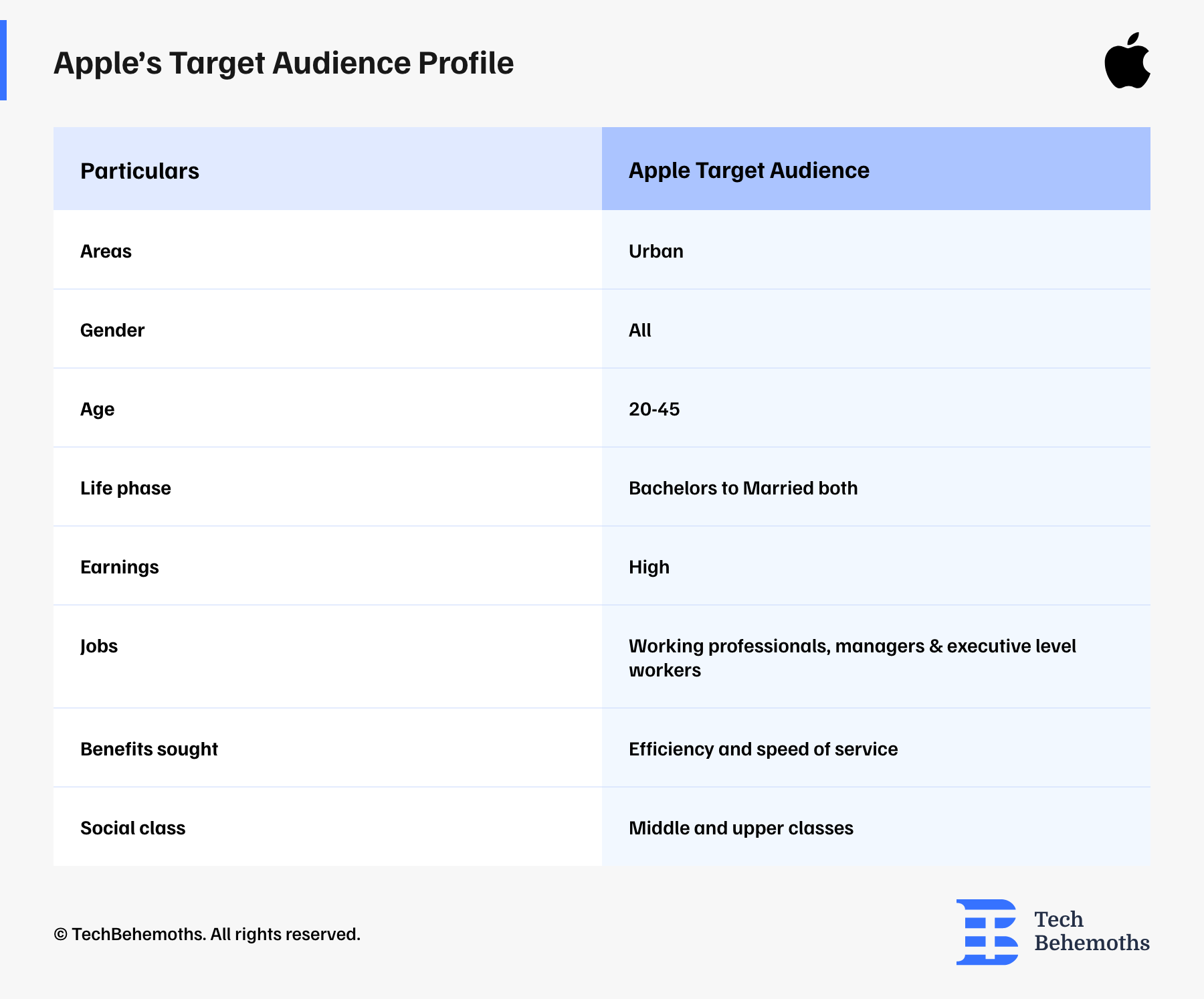
Facts and Stats about Apple
- Apple’s first company logo features a drawing of English physicist and mathematician Isaac Newton.
- The name ’Apple’ came from founder Steve Jobs’ who likes apples and named the company after them.
- Apple has a "no smoking" ban on their computers. As ridiculous as it sounds, smoking while using an Apple computer voids the warranty!
- Apple's first computer was sold for $667.00, not $666.66. Steve Wozniak saw the price was $667.00, he didn't like the number so he changed it to $666.66, liking the repeat numbers better.
- Apple was the first to make a digital color camera.
- Apple Launched a Clothing Line in 1986 - Apple Collection.
- Apple sold 849,450 iPhones per day in 2018.
- The iPod name was inspired by the movie 2001: A Space Odyssey, however, the iPod almost doesn’t exist today.
- Apple does not let bad guys use iPhones on screen.
- Apple is currently the largest publicly traded company in the United States.
- Apple's advertising has won numerous awards and recognition, including multiple Cannes Lions, Clio Awards, and Effie Awards.
Conclusion
One of the fastest ways to achieve any goal is to learn from those who have successfully achieved the same goal before. Drawing the line on this topic, Apple's advertising strategies have made an impact on how other brands advertise themselves, and their products. Apple's advertisements showcase the unique features of its products, highlighting their unique design, innovation, and great user experience.
The company continues to invest heavily in advertising, with a focus on:
- high-quality and emotional storytelling
- connecting with its customers
- promoting its products.
Apple's advertising has played a crucial role in its success and continues to influence the company's brand identity. If you want to advertise as Apple does, you can check out some of the best advertising companies on our platform.
Related Questions & Answers
Who is responsible for advertising at Apple?
How does Apple's advertising budget compare to other tech giants like Samsung?
What criteria does Apple use to select influencers and celebrities it collaborates?
How can smaller companies use Apple's marketing strategies on a budget?
